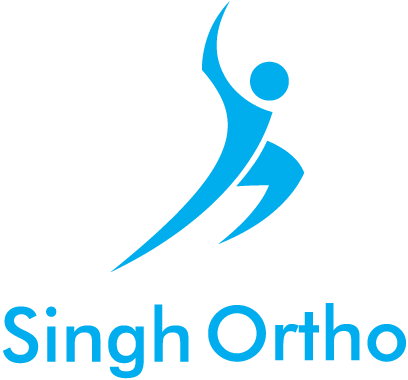Pain Relief After Total Knee Arthroplasty with Intravenous and Periarticular Corticosteroid
Total knee arthroplasty (TKA) is a cost-effective procedure, but it is also associated with substantial postoperative pain. The present study aimed to compare pain relief and functional recovery after TKA among groups that received intravenous corticosteroids, periarticular corticosteroids, or a combination of both.
5 Long-Term Problems After Meniscus Surgery
Although arthroscopic surgery of the meniscus is minimally invasive, you may still experience knee pain after surgery. For some people, other problems can occur after surgery, such as arthritis, re-injury, incomplete rehabilitation, and more.
Genetic study explores the microbiome of hip and knee osteoarthritis
Next-generation DNA sequencing (NGS) techniques show the presence of bacterial DNA in surgical specimens of hip and knee arthritis, from patients undergoing first-time total joint arthroplasty, reports a study in the Journal of Bone and Joint Surgery.
Ready, set, go: New study shows how marathon running affects different foot muscles
With the current trend of fitness consciousness, many people have taken up long-distance running as a part of their exercise regime. They also participate in various local, national, and global marathons. But marathon running can lead to muscular fatigue and damage in the foot muscles, which can in turn lead to chronic pain or injuries.
Guidance issued for optimal timing of knee, hip total joint arthroplasty
For patients with symptomatic, radiographic, moderate-to-severe osteoarthritis or osteonecrosis of the hip or knee, total joint arthroplasty (TJA) should not be delayed in order to pursue additional nonoperative treatments, according to a clinical practice guideline issued by the American College of Rheumatology and the American Association of Hip and Knee Surgeons.
Water on the Knee (Effusion) Causes and Treatments
Water on the knee is when fluid collects around and inside the knee joint, causing pain and swelling. Also known as knee effusion or fluid on the knee, it can occur whenever there's damage to the joint due to injury or underlying disease, such as arthritis.
What are hamstring rehab exercises?
Hamstring rehabilitation exercises can aid recovery and help prevent future injuries. Rehabilitation protocols typically call for a combination of stretching and strengthening movements.
Short term outcomes (average follow up of 2.4 years) of a constrained acetabular liner in primary and revision total hip arthroplasty.
As instability continues to be a burden post total hip arthroplasty (THA), there has been a controversial discussion on the ideal implant choice. We report here the outcomes of a modern constrained acetabular liner (CAL) system in primary and revision THA at an average follow up of 2.4 years.
Patients With Knee Osteoarthritis Who Receive Platelet-Rich Plasma or Bone-Marrow Aspirate Concentrate Injections Have Better Outcomes Than Patients Who Receive Hyaluronic Acid: Systematic Review and Meta-analysis
To systematically review the literature in order to compare the efficacy and safety of platelet-rich plasma (PRP), bone marrow aspirate concentrate (BMAC), and hyaluronic acid (HA) injections for the treatment of knee osteoarthritis (OA).
5 Reasons Your Knee Still Hurts After Arthroscopy
Arthroscopic knee surgery is used to treat knee conditions, including cartilage injuries, meniscus tears, and ligament problems. Because it uses several small incisions rather than a large one, people tend to return to their activities more quickly and with less pain. But that's not true for everyone.
- left
- right










